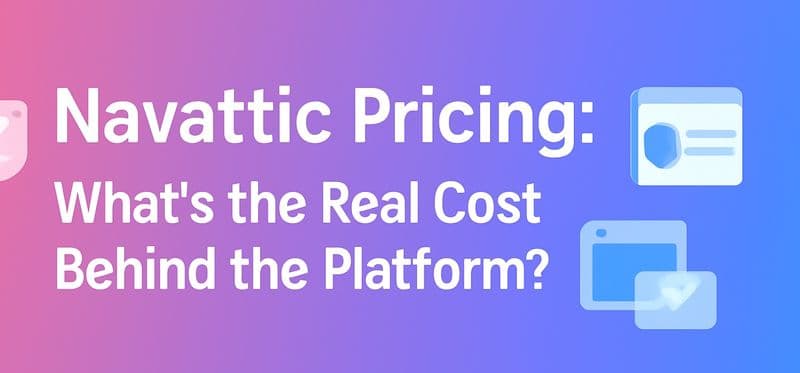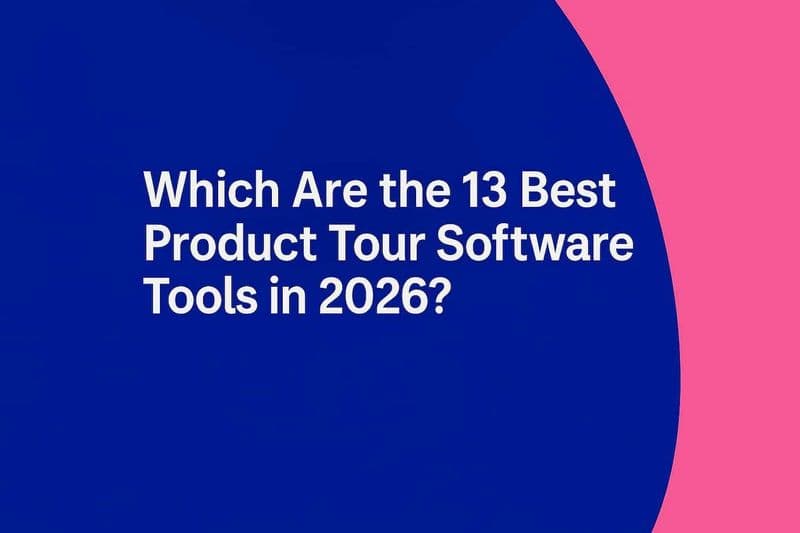Metrics matter.
Whatever we measure, we get better at.
Whether it's the number of push-ups one can do or the number of demos it takes to make a sale. Once we start measuring something, we create a baseline - a 'here' to get 'there' from. If I can only do 10 push-ups in one go, and I want to get to 50, I clearly have a long way to go. But if I can do 24 push-ups broken up in sets of 3 with 8 reps, then I'm already pretty far along. Of course, the metric used was a little different. It sliced at my performance differently and gave me more insight into what I needed to work on.
In the same way, when it comes to demo effectiveness, we need a whole gamut of measures that give us these nuanced views of what adjustments we need to make with our demo strategies and our sales processes overall. Experienced sales leaders already know this.
However, there are a number of startups out there that are too small or too underfunded to afford a sales leader. I happened to spend an hour with one of my startup entrepreneur peers (who has NO background in sales), and the conversation opened my eyes to how much we sales leaders take our knowledge for granted.
So, in service of my SaaS startup peers who are growing their sales teams without an experienced sales leader, here are the measurements you should be paying attention to.
Revenue per Demo
Depending on how you measure it, this metric gives you insight into your sales process as well as the performance of individual sales reps.
To break it down simply, the revenue per demo per sales rep will give you a ranking - you'll know who is bringing in the big bucks. Now, drill down a little more by using their demo to close the rate.
When sales reps are achieving a good demo-to-close rate, and their revenue per demo is high, this is the sweet spot. This is when they're qualifying the right opportunities, prepping and delivering well on discovery and demos.
But when their revenue per demo is low and when the demo to close rate is a good one, it points to problems with qualification. Is this rep aiming only at small businesses or small deal sizes? Is your overall sales strategy aimed disproportionately at small businesses alone? Are your use cases too narrow? Are your people missing opportunities to upsell and cross-sell?
If so, then your sales team isn't getting the right intelligence. This is when you should consider investing in a prospecting tool :
ZoomInfo tracks down your leads' contact info, uses AI to suggest similar contacts to reach out to and discovers intent signals such as projects that companies are beginning. With this information in hand, your reps can capitalize on and better communicate with prospects that have the strongest intent to buy.
Clearbit Prospector lets sales reps generate targeted lead lists with up-to-date contact information in seconds. Clearbit provides reps access to 200 million contacts at 20 million companies, and 85 different data points to filter through them all.
LinkedIn Sales Navigator allows your sales reps to take advantage of the social network’s user base of over 600 million professionals. They can find new leads with the advanced search options, or let the tool suggest new leads for you. Sales Navigator also keeps crucial information up-to-date such as job changes or press releases from and about your target accounts.
Demo to Close Rate
This is the metric that helps you identify who your best demo people are. I say, demo people, as it isn't just about the sales rep here - the sales engineer has a whole lot to do with it too. Talk to your community to corroborate the demo to close rates in your industry and product type. If you're low overall, it might point to something in your process that is driving low performance.
You could ask friendly users to give you some time for mock demos to see if it is the actual demo performance that is hurting you, or something else. If it is the demo itself, work with training to enable your sales reps and sales engineers. Also, look into tools that make their work easier. There are a number of tools that can seriously impact the quality of your demos.
Gong and Allego, for instance, analyze recorded calls and demos and can tell you if your sales reps are monologuing too much. Both these tools measure speaker switches per minute - high speaker switches point to an engaged audience that is participating in your demos, as opposed to your poor sales rep monologuing to an audience that is busy checking email. That's just one example - they're also able to analyze whether key terms were used, if defined processes were followed if follow-ups were done in time and so much more.
Once you know where the gap is on demos, use SmartCue to help your teams move forward. SmartCue is basically like having Iron Man's Jarvis in your corner - it smartly cues you in context, so no more scripts. Using cues instead of scripts makes demos and conversations flow much more smoothly. Sales reps don't sound scripted, and can let their personalities shine when they don't have to carry all that information in their heads! It tracks the agenda, so sales reps can let a prospect fully explore a piece of functionality that caught their eye, and then smoothly return to what they were doing before. Plus, making demos with SmartCue is an absolute breeze, which means your Sales Engineers can spend more time on other tasks, rather than spending all their time on making demos.
Other reasons could be that you're not generating enough of the right leads, which means your SDRs may be qualifying leads 'generously'. In this case, you want to equip your team with the right lead-generation tools and methods.
ReachHub allows salespeople to source new leads directly from Linkedin. Using ReachHub's Chrome extension on Linkedin, just search for the people you'd like to reach, add them to an email campaign, and ReachHub will do the rest.
Quora’s Q&A forum can result in a surprising amount of qualified leads. Quora is the perfect place to discover people looking for a solution to a specific problem. Do a search on a topic relevant to the problem your product or service solves and join the conversation!
Use Mention to identify people talking about the pain points your brand solves. Mention allows you to track specific terms and you can then identify the people who are using these terms, where, and in what context. This provides you with your first touchpoint for building a relationship and qualifying a lead.
Sudden shifts in your demo to close rate can point to changes in your competitor landscape - there is something that your competition is doing better than you, and it is eating into your sales. Whether your marketing team sits in-house or is an outsourced team, always stay on top of your competitor analysis and analyst reports.
Number of demos required to close the business
With so many different stakeholders on the buying committee, it’s a good idea to track how many different sales demos it takes to close each prospect account. Then, consider if there is a way to reduce the number of different demos needed. For instance, can your sales engineer take the lead with the technical teams in the prospect organization and have Q&A sessions with them separately? Can you use recorded demos that can be passed on to various stakeholders in the prospect organization? Can you leverage your demo library, so different stakeholders can explore the functionality that interests them most?
Remember, the more demos you have to give, the longer the sales cycle.
Revenue per POC
If you’re creating individualized POCs the old-fashioned way, by having a sales engineer customize them, you’ll want to track revenue generated per proof of concept. This allows you to be sure you’re offering them only to highly qualified prospects worthy of the investment.
If this metric is going haywire, you need to investigate - Are your sales reps overselling? Has the sales rep created too much hype, and now there is too much delta between what's been sold and what the product can realistically do?
Also, consider your SDLC critically. How long does it take to create a POC? Is your tool easily customisable? Would you consider switching to low code no code?
Closed Business without POCs
Your sales team did a great job!
Any organization looking to reduce the number of POCs they create – especially unnecessary POCs – should cheer for this metric. Tracking and comparing across different markets and segments provides additional insights and can help fine-tune and improve sales strategies.
These are also great candidates for case studies - allow everyone who worked on the deal to give their insights on what went right in this deal. You'd be surprised at how many best practices you can mine from these exercises.
Conclusion
As much as you rely on metrics and numbers, always make it a point to touch base with your team on their experiences. Qualitative feedback on what went right and what went wrong is critical. There are many slips between the cup and the lip when analyzing sales data. Each organization is unique, and the assumptions that work for me might be completely wrong for my competitors in the same industry segment.
Sales, like entrepreneurship, is more an art than a science. There is no formula. We're all muddling through, with as much help and support as we can rally from our social circles and our communities. Even if you aren't experienced in sales, you'll get there. You're doing it now, and these lessons will be a lot dearer, and a lot harder earned than those learnt at a job.
Trust yourself, and trust your team to do their best. However, when it comes to performance, trust alone doesn't cut it. Verify with data.




